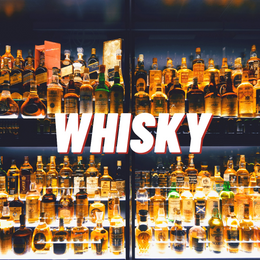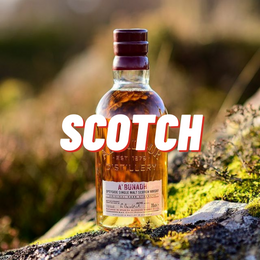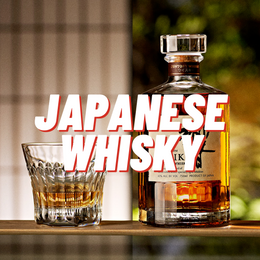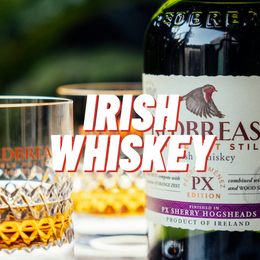
What the heck is that?
Take a look across the whisky aisle and you'll definitely see the term "Single Malt" used on many labels. The term itself means that the whisky contained in that bottling comes from a single malt distillery (which makes whisky from barley), as opposed to blended whisky (such as Johnnie Walker or Chivas) which are composed of whiskies from different distilleries.
The term specifically refers to whiskies made of malted barley, which is known as "malt", from the same distillery. Other whiskies that are made using other grains such as rye, corn or wheat, are known as (single) grain whiskies.
A "single malt" could still be blend of multiple styles of whiskies, so long as they come from within the same single distillery. For example, Yamazaki produces more than 100 styles of Yamazaki whiskies, which are blended in an infinite number of combinations to produce its final formulation for its award-winning and famous Yamazaki 12 Years Old Single Malt.
To put simply, the term refers to whether the malt whisky comes from one distillery (a single malt) or multiple distilleries (a blended malt whisky).


Recognise any of these blended whiskies? (Image Source: HiConsumption)
Who cares?
To be clear, neither a single malt nor a blended whisky is better or worse in taste or quality on the sole basis of whether it comes from a single distillery or multiple distilleries. In fact, in the 60's, often considered the golden era of whiskies, blended whiskies were highly prized for their depth and harmony of flavors.
This shifted in the 90's when big whisky producers like Diageo led the charge to turn drinker's attention towards "component malts" - the single malts (and grains) that made up their wildly popular blends. This led to the spotlight being turned towards now legendary distilleries such as Port Ellen and Rosebank, which only rose in popularity as a result of this movement. As some of these distilleries were by then mothballed (which is to say, shut down), the scarcity value of these single malts became well-understood - that every bottle opened would never be replaced again, consequently, the value of these single malts soared.
Over the last 20-30 years, single malts have gained increasing appreciation for their scarcity value (a blend of 10 single malts could be made in much larger output, rather than a single, single malt that depends on just one source), their ability to demonstrate a distillery's distinctive house style, and their collectibility and investability.

Diageo's Special Releases focuses on some of their single malts that make up their more popular blended whiskies. (Image Source: Diageo)
Why should I care? And more importantly, should I drink it?
If you're after a specific house style of whiskies from a particular distillery, you need to start with trying that distillery's single malt. For example Lagavulin Distillery's house style is best tasted through Lagavulin Single Malts, versus Johnnie Walker's blended whisky which contains Lagavulin whisky alongside more than 10 other distilleries' whiskies.
A big part of the enjoyment of whiskies is to follow along a favorite distillery's journey in creating special one-offs and experiments that showcase the distillery's characteristic single malt in a variety of unique and interesting ways.
For aspiring collectors and investors, single malts are probably where you want to focus on, given the more acute scarcity value of them versus blended whiskies which are typically produced in much larger outputs.
When it comes to identifying a single malt, the rule of thumb which whiskies is that if you don't see it, assume it is not the case. For example, the absence of the term "Single Malt" on a label is also an indication that the whisky contained in the bottle comes from multiple distilleries.







